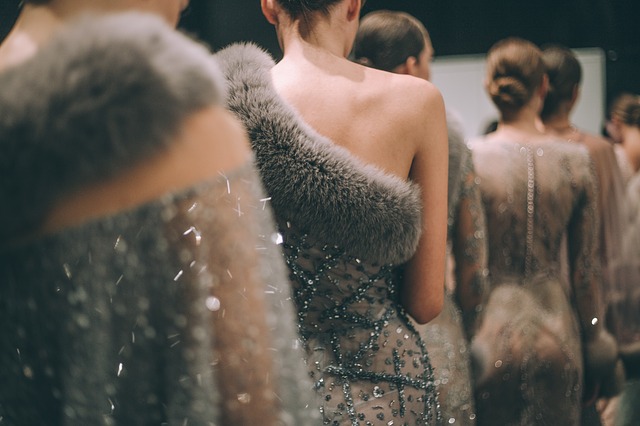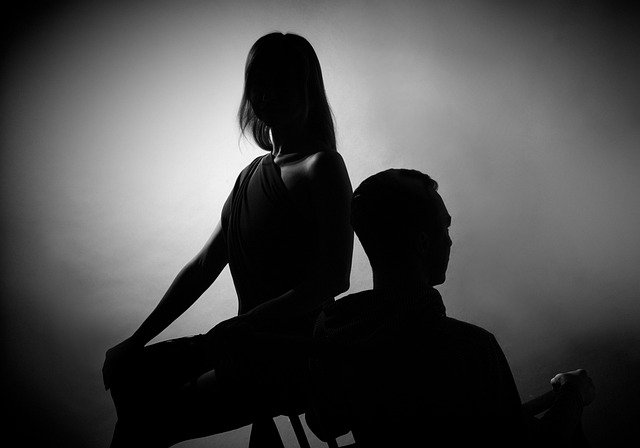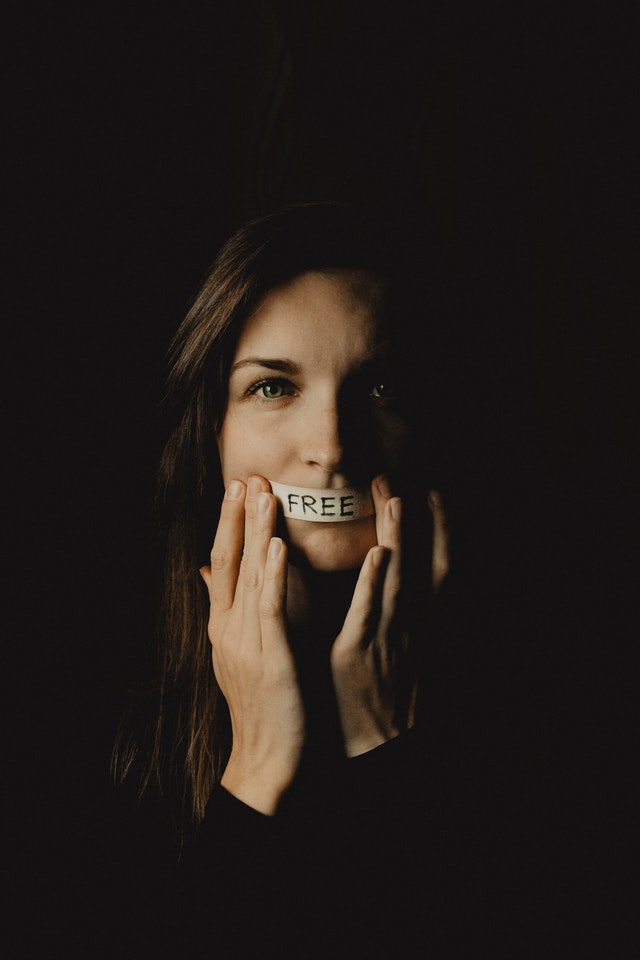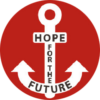Away from the catwalks, behind closed doors, at photo shoots and yet known by everyone. Sexual abuse is rampant in the fashion industry, even expected when working with some notorious individuals.
TIMES CHANGE, CIRCUMSTANCES DO NOT

In an interview with Der Spiegel, Wolfgang Joop described misogyny, the abuse of power and the sexual exploitation of the fashion industry as a “sin” and lamented the frivolity of the fashion world that has long since passed. In his apology, which followed a wave of fury, he said he was referring to conditions in the 1970s and 1980s. At that time the “disrespectful and abusive treatment of the models” was part of the industry. But not everything was worse in the past. The fashion world is still riddled with perpetrators, confidants and the unspoken agreement to remain silent.
THE LIST OF ACCUSED IS GROWING

Many sexual assault survivors are afraid to report and name perpetrators. The pressure is especially strong in the fashion industry. Good jobs are rare. Whenever a model leaves, dozens of competitors are waiting. If you resist or complain, you risk ending your career. Unfortunately there is a lot that would need to be said and brought into the open. Those who dared to make accusations about people in the fashion world don’t mince their words on this. Gerald Marie, head of the modelling agency “Elite”, Edward Razek, Victoria Secret’s chief marketing officer, and Mario Testino, Terry Richardson and Bruce Weber, all fashion photographers, are among the men who face serious allegations of abuse. They are not black sheep, but part of a culture of abuse. This is shown by the allegations from over 50 models against more than 25 men in the fashion industry.
SPEAK OUT AND YOU’RE OUT

“Flirt with the camera” is an often used saying. Many photo shoots require playing with erotic poses, many advertising shots are (hyper) sexualized. Showing skin is normal. Changing clothes on the set in front of everyone present is also part of the process for models. Because these situations are normalised, it is often difficult for models to correctly assess a situation. Where do instructions on poses end and where does sexual harassment begin? A model reports on how they train themselves to suppress unpleasant feelings and ignore their gut instincts. Models shouldn’t be considered “difficult”. Anyone who is difficult is thrown out. This is particularly serious for young girls who are at the start of their careers. They are often minors, unaccompanied, insecure and under pressure. In addition, there is a lack of clear information about which situations are normal and where limits are breached. Many do not dare to say “stop” in dubious situations for fear of stalling their careers before they even begin if they are not compliant.
THE PRESSURE NOT TO SPEAK OUT

In an industry in which women are objectified and are considered good-looking commodities, it is particularly challenging to denounce perpetrators and defend oneself. This is made more difficult by the normalisation of the situations and the cooperation of other people. Agencies are aware of sexual harassment and abuse. They still send their models to photo shoots with notoriously difficult people knowing or even anticipating what can happen. Models are taught that sexual harassment is a compliment. The agencies push their models to keep silent about inappropriate behaviour and attacks. The names of the perpetrators are too powerful, the business too fast-moving, and careers too fragile.
WATCHDOGS, CODE-OF-CONDUCT AND EDUCATION
After Wolfgang Joop’s own statement after a “misplaced comment” has drawn the public’s eyes to the difficulties in the fashion world, one would hope that people will not look the other way again so soon. The reporting on this topic quickly subsides and is barely nuanced. Click-bait articles do not take account of the extent of the grievances. Steps in the right direction, more protection, clear guidelines and platforms for models are emerging within the fashion industry. The Model Alliance – a U.S. non-profit organisation – advocates fair and safe working conditions for models. Their cause is supported by the luxury fashion groups Kering and LVMH, who are promoting a charter that other fashion companies are supposed to adopt. The publishing house Condé-Nast has policies for photo shoots that are laid down within its code of conduct; it especially creates explicit rules for the interaction between models and photographers. Diet Prada and Shit Model Management are groups that are fighting for visibility and the uncovering of issues. Diet Prada is a group that has set itself the lofty goal of being the watchdog of the fashion world. The Instagram account Shit Model Management acts as a platform for victims to report abuse and discrimination. In 2021, they revealed that fashion designer Alexander Wang had sexually abused male and transgender models. The visibility that has been gained for the issues in the fashion industry brin hope that knowledge of the circumstances will lead to more security, clearer regulations and real consequences for perpetrators.
